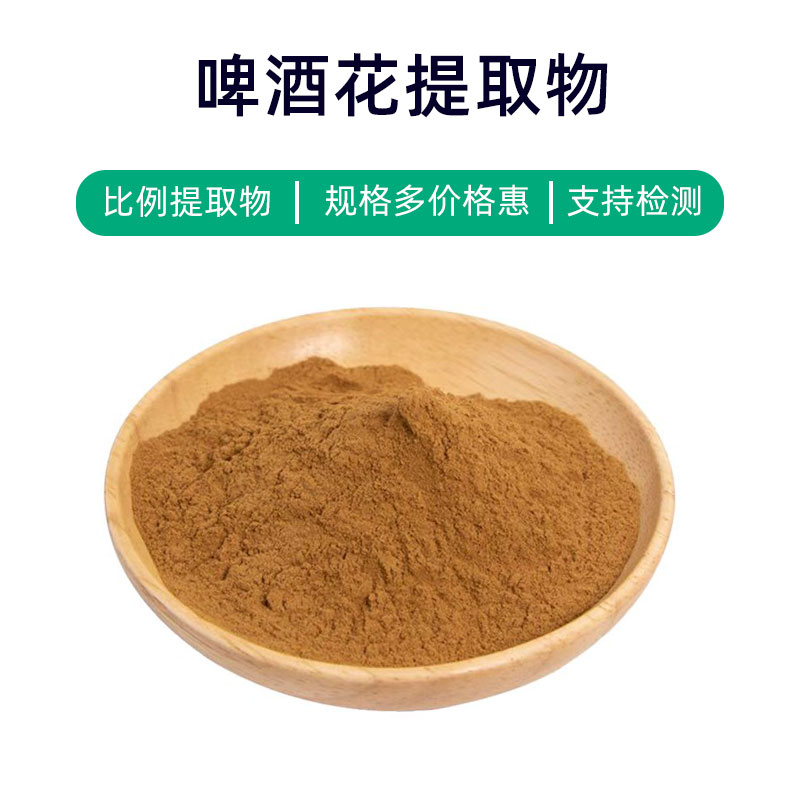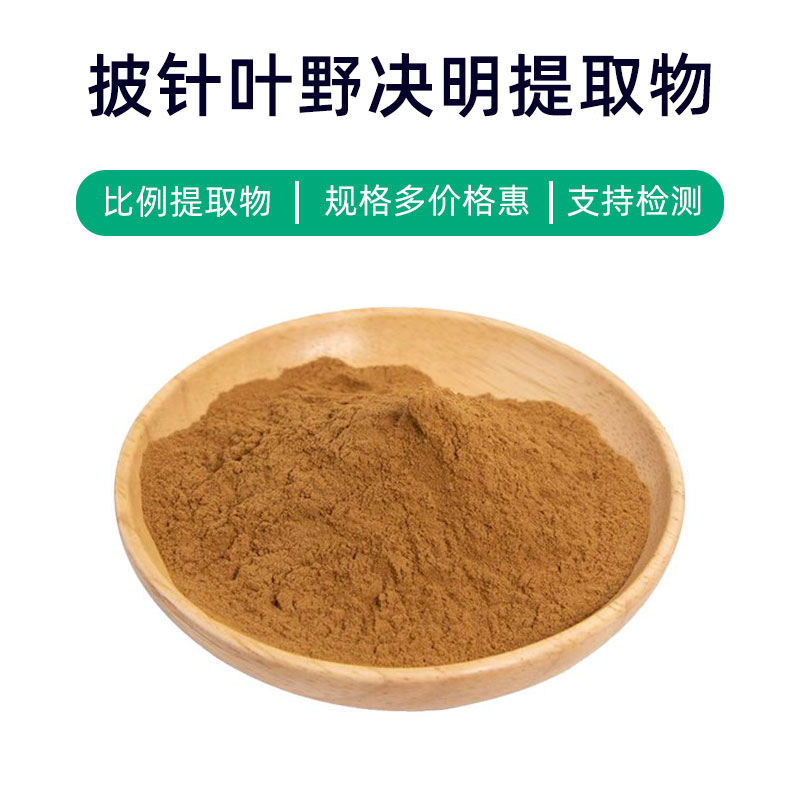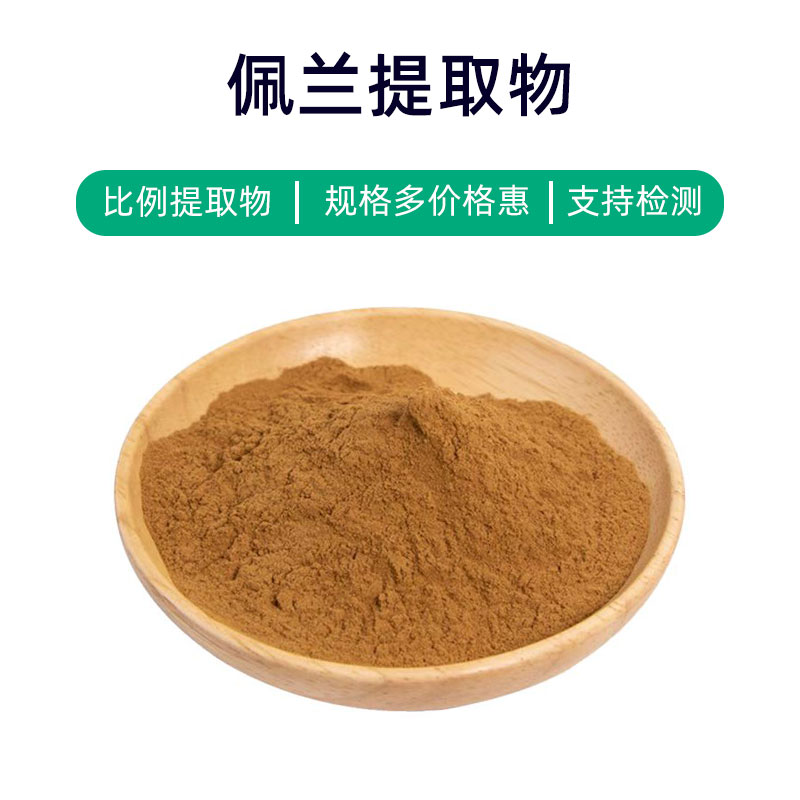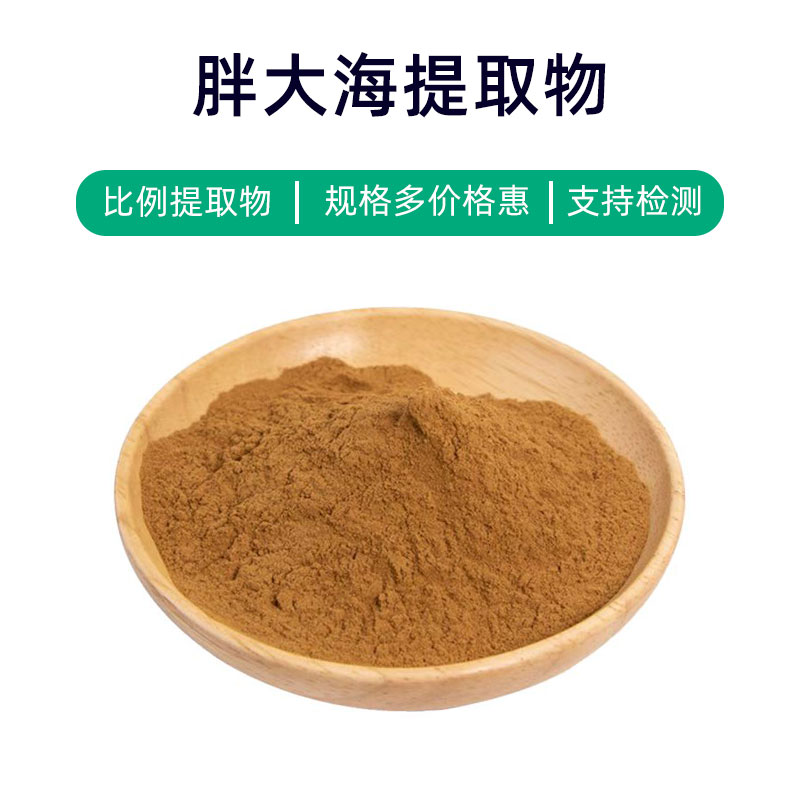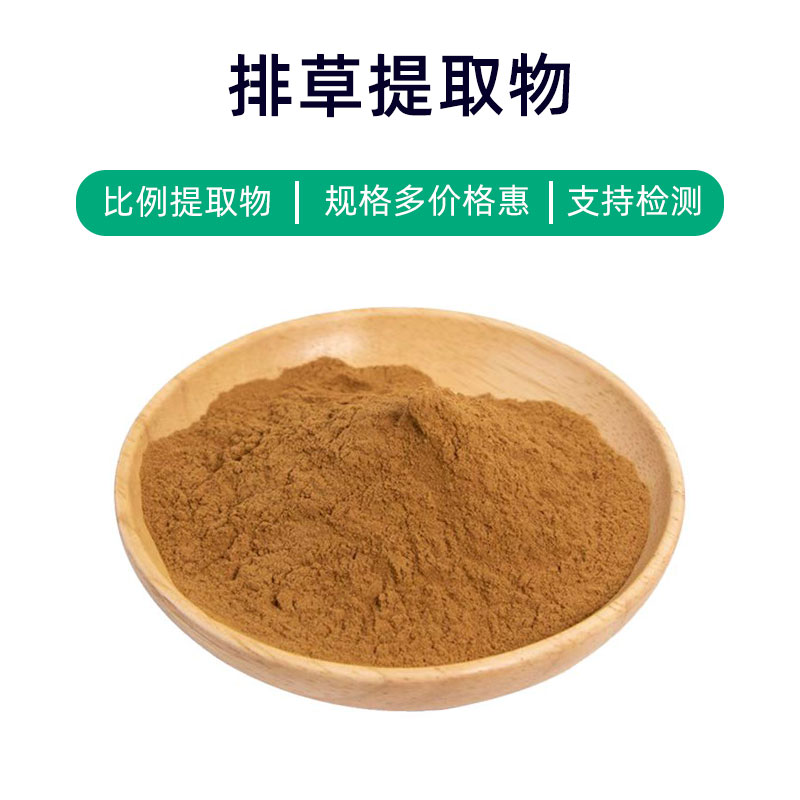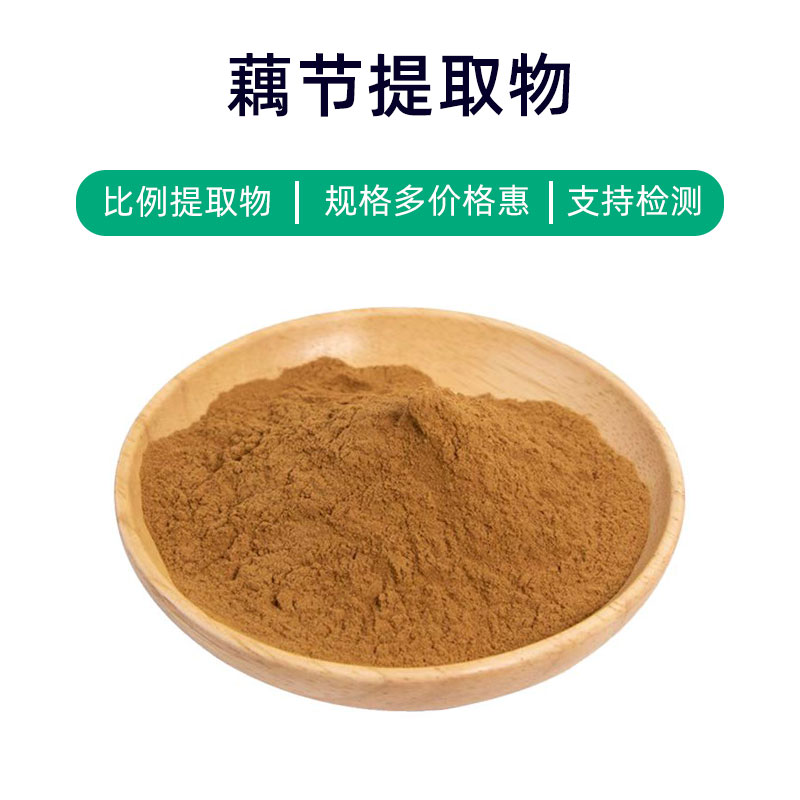Juniper Extract Product Introduction
Juniper Extract Production Process
The production process of juniper extract typically includes the following steps:
- Collection and Preparation of Raw Materials: Mature juniper fruits and leaves are first collected during the peak season and processed as soon as possible to maintain the efficacy of active ingredients.
- Cleaning and Pre-Treatment: The collected juniper fruits and leaves are cleaned and pre-treated to remove impurities, foreign materials, and surface dirt, enhancing the efficiency and purity of the subsequent extraction steps.
- Extraction Process: Appropriate extraction methods, such as steam distillation, solvent extraction, or supercritical fluid extraction, are employed to extract active compounds from the juniper fruits and leaves. During extraction, temperature, pressure, and time must be carefully controlled to maximize the retention of target compounds.
- Concentration and Separation: The extracted liquid solution is concentrated to remove excess solvent and moisture, thereby increasing the concentration of target components. Separation techniques such as distillation, crystallization, or column chromatography are subsequently used to isolate the target compounds from the mixture.
- Filtration and Refinement: The extracted liquid solution is filtered and refined to remove residual solid particles and impurities, enhancing the purity and quality of the product.
- Drying and Grinding: The refined solution or concentrate is dried to convert it into a powdered or granulated form for easier storage and use. Drying methods typically used include spray drying, vacuum drying, or freeze-drying.
- Quality Control and Testing: The final product undergoes quality control and testing to ensure it meets relevant standards and regulations. Common testing methods include HPLC, gas chromatography (GC), and mass spectrometry (MS).
- Packaging and Storage: Finally, the extract product is packaged and labeled, using appropriate materials and specifications to ensure safety and stability. It should be stored in a dry, cool, and ventilated environment, away from sunlight and high temperatures, to prolong its shelf life and effectiveness.
Effects and Side Effects of Juniper Extract
As a natural plant extract, juniper has various medicinal and health benefits. The main effects include:
- Antioxidant Properties: Juniper extract is rich in antioxidants, such as flavonoids and polyphenols, which can neutralize free radicals, reduce oxidative stress, and protect cells from damage.
- Anti-Inflammatory Effects: The active components in juniper extract exhibit significant anti-inflammatory effects, helping to inhibit inflammation and alleviate associated pain and discomfort.
- Antimicrobial Effects: Studies have shown that juniper extract can inhibit and kill various bacteria and fungi, making it useful for treating infectious diseases or preventing bacterial infections.
- Antitumor Effects: Some compounds in juniper extract have been found to possess antitumor activity, able to inhibit the growth and spread of tumor cells, offering potential therapeutic benefits for certain cancers.
- Anti-Aging Effects: The antioxidants in juniper extract can slow down cellular aging, promote skin cell regeneration, improve skin elasticity, and reduce wrinkles and pigmentation.
- Liver Protection: Juniper extract is known to protect the liver, helping to alleviate liver damage and promote repair and regeneration of liver cells, potentially preventing and treating liver diseases such as hepatitis and fatty liver.
- Blood Pressure Reduction: Some studies indicate that juniper extract can help lower blood pressure, making it a potential aid in managing hypertension and improving cardiovascular health.
- Digestive Support: Juniper extract can stimulate the secretion of digestive juices, enhance gastrointestinal motility, improve digestive function, and reduce gastrointestinal discomfort and indigestion.
Despite its various benefits, caution should be exercised when using juniper extract. Long-term or excessive use may lead to adverse reactions, such as digestive issues or allergic reactions. It is advisable to consult a healthcare professional for advice before use and adhere to recommended dosages and methods.
Applications and Dosage of Juniper Extract
Juniper extract has a wide range of applications in the pharmaceutical, food, and cosmetics sectors. Here are the specific usages and dosages in each field:
- Pharmaceutical Field:
- Anti-inflammatory Drugs: Due to its prominent anti-inflammatory properties, juniper extract can be used to formulate oral or topical anti-inflammatory medications. Typical oral dosage is 50-100 mg per dose, taken 2-3 times daily; topical use can be applied as needed.
- Antimicrobial Drugs: With its ability to inhibit various bacteria and fungi, juniper extract can be formulated into oral or topical antimicrobial medications. Recommended oral dosage is similar to that of anti-inflammatory drugs: 50-100 mg per dose, taken 2-3 times daily; topical doses should be applied as needed.
- Antitumor Drugs: Some compounds in juniper extract have antitumor activity and can be used in formulating anticancer drugs. Dosage and method should be determined based on specific formulations and patient needs, usually under medical supervision.
- Food Sector:
- Health Supplements: Juniper extract can be used in health supplements, such as oral capsules or tablets. Generally, it is recommended for adults to take 50-100 mg per dose, once or twice daily; children's doses should be appropriately reduced.
- Functional Beverages: Juniper extract can be added to functional beverages, providing antioxidant and anti-inflammatory benefits. It is suggested to add 10-20 mg of juniper extract per bottle of beverage.
- Cosmetics Sector:
- Skincare Products: Juniper extract can be used in the formulation of skincare products, such as creams, lotions, and masks. Typically, the recommended usage is 0.1-0.5 grams per application, applied as needed to the face or body.
- Beauty Products: Juniper extract can also be used in beauty products like toners and serums. The suggested dosage is similar to that for skincare products: 0.1-0.5 grams per application, applied to the face or body as needed.
When using juniper extract, the following precautions should be considered:
- Select the appropriate dosage form and amount based on the specific application.
- In pharmaceutical use, adhere to medical advice to avoid long-term or excessive usage.
- For food and cosmetic use, purchase from reputable sources and follow product instructions or recommendations from professionals.
Description of the Source Plant, Distribution, and Growth Environment of Juniper Extract
The common juniper (scientific name: Juniperus chinensis) is a species of evergreen tree or shrub in the cypress family. Below is a detailed description of the juniper extract's source plant, its distribution, and growth environment:
- Plant Description:
- Scientific Name: Juniperus chinensis
- Common Names: Chinese juniper, mountain juniper, black juniper, snow juniper, etc.
- Morphological Characteristics: Junipers have a beautiful shape, with straight trunks and conical or rounded crowns. The branches are dense, and the twigs are twisted. The bark is brown or grayish-brown, while the leaves are needle-like, triangular, and slightly flattened, with a deep green color.
- Flower and Fruit Characteristics: Juniper is dioecious with male and female cones on separate plants. Male cones are found at the branch tips, are yellow-green, while female cones are spherical, deep blue and nearly black when mature, with a fleshy coating.
- Distribution:
- Distribution Range: Juniper is widely distributed in East Asia, mainly found in northeastern China, North China, southwestern, and eastern China, as well as in Japan, Korea, and Mongolia.
- Habitat: Junipers thrive in mountainous and hilly areas at altitudes of 500 to 3000 meters, preferring sunny, moist, and well-drained environments. They are not very particular about soil conditions and are resistant to cold and drought.
- Growth Environment:
- Climate Requirements: Juniper is highly adaptable, tolerating cold, drought, and saline-alkaline conditions, but is not suited for hot, humid environments, preferring cool and moist climates.
- Soil Requirements: It does not have strict soil requirements but thrives best in sandy loam, benefiting from well-drained soil.
- Growth Habits: Juniper grows slowly but is robust, with strong vitality and a developed root system, making it resilient and capable of growing in poor soil conditions.
Juniper is a commonly grown ornamental plant and an important medicinal plant, with therapeutic value found in its bark, fruits, and leaves. It is widely used in traditional medicine formulations and health supplements.
Processing and Storage of Juniper Extract
The processing of juniper extract typically involves the following steps: First, fresh juniper plants are collected, followed by initial processing, which includes cleaning and removing impurities. Next, the junipers are crushed or chopped to enhance extraction efficiency. Then, suitable extraction methods (such as water extraction or alcohol extraction) are employed to retrieve the active components from juniper. Finally, the extract undergoes processes like concentration and drying to produce powder or liquid forms for subsequent packaging, storage, and use.
For storage, juniper extract should be kept in a cool, dry, and well-ventilated area, avoiding direct sunlight and moist conditions. The extract should be sealed to prevent exposure to oxygen, moisture, and light. It is also advised to regularly check the quality and storage conditions of the extract to ensure its quality and stability.
Monica Sun is a seasoned expert in the plant extraction industry with over a decade of experience in research and production. She specializes in the extraction and purification of plant active ingredients, focusing on driving innovation in natural product applications. Monica has participated in the development of multiple functional plant extracts, delivering high-value natural raw material solutions for the health food, pharmaceutical, and dietary supplement sectors.









